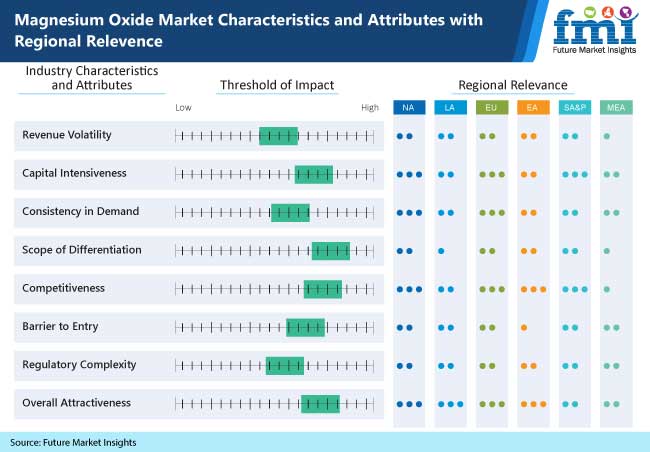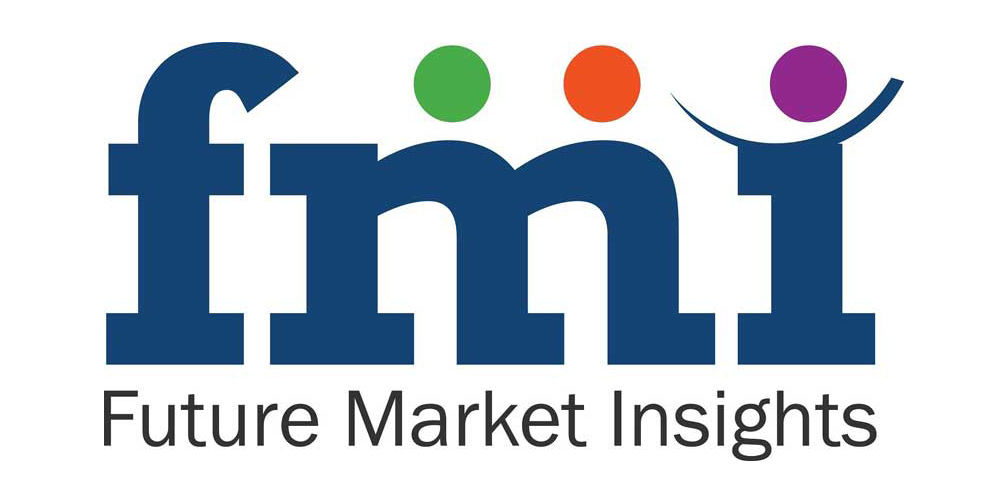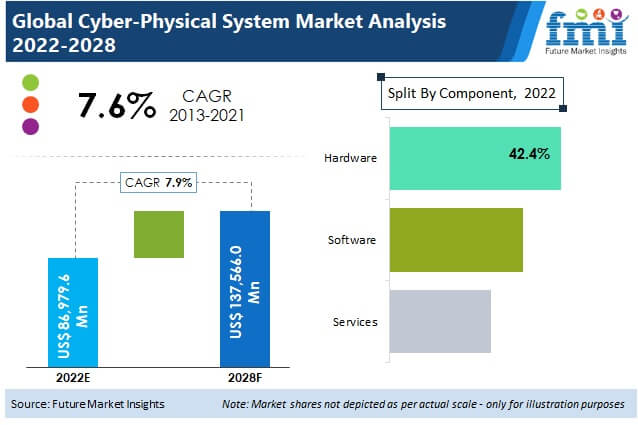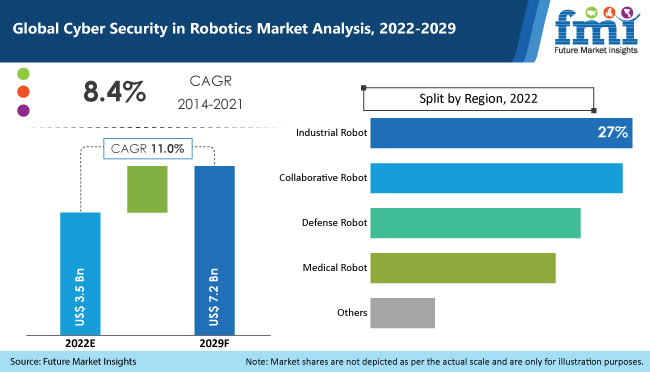Demand for ceramic sanitary ware in India is expected to reach 28,013 thousand units in 2016, up from 26,267 thousand units in 2015. This will represent a market value worth US$ 1.96 Bn. Steady growth in the country’s real estate sector, combined with rising spate of government initiatives to boost infrastructure development will continue to positively influence the growth of the ceramic sanitary ware market in India.
By product type, water closets will continue to account for the highest demand, with total consumption pegged at 4,789 thousand units in 2016. Among the sub-segments of water closets — 1 piece, 2 piece, wall mounted, and EWC — wall mounted water closets sub-segment will witness the highest demand. Demand for wash basins is also expected to remain healthy in 2016, with this segment accounting for a revenue share of 28.6 %. The wash basins segment is further sub-segmented as table top, wall hung, pedestal, half pedestal, and under & over counters—among these, demand for table top sanitary ware will witness the highest y-o-y growth in 2016.
Request a sample to obtain authentic analysis and comprehensive market insights at- https://www.futuremarketinsights.com/reports/sample/rep-in-1682
In addition to growth in the real estate sector, rapid urbanisation, increasing per capita disposable income, and improving standard of living in urban areas are other key factors sustaining the demand for ceramic sanitary ware in India. Although FMI maintains a positive outlook on the India ceramic sanitary ware market, low replacement cycles will continue to remain a key challenge for manufacturers.
The India ceramic sanitary ware market is in a period of consolidation, and key players are focusing on diversifying their range of product portfolio. Reducing operational expenses to boost profitability margin remains a key focus area for stakeholders in the India ceramic sanitary ware market.
Demand for ceramic sanitary ware is strongest in South India, with total revenues expected to reach 546.1 Mn in 2016. The overall consumption of ceramic sanitary ware in the region in 2016 will be to the tune of 9,352 thousand units, up from 8,850 thousand units in 2015.
Leading companies in the India ceramic sanitary ware market include Cera Sanitaryware Ltd, Hindustan Sanitaryware & Industries Limited (HSIL), Ras Al Khaimah (RAK) Ceramics India Pvt Ltd, Roca Sanitario, S.A., Toto Ltd, Kohler Co., Duravit AG and Jaquar.
Long-term Outlook: The India ceramic sanitary ware market is expected to increase at a CAGR of 10.3% in terms of value during the forecast period 2016-2026. In terms of volume, the total consumption is expected to reach 57,444 thousand units by the end of 2026.
Discover more about report analysis with figures and data tables, along with the table of contents. Ask an Analyst- https://www.futuremarketinsights.com/ask-question/rep-in-1682
Product types accessed in the report are as follows:
Product types accessed in the report are as follows:
- Wash Basins
- Pedestal
- Half Pedestal
- Wall Hung
- Table Top
- Under & Over
- Water Closets
- One Piece
- Two Piece
- Wall Mounted
- EWC
- Cisterns
- Vanity Basins
- Accessories
End-user assessed in the report are as follows:
- Residential
- Commercial
Contact Sales for Further Assistance in Purchasing this Report- https://www.futuremarketinsights.com/checkout/1682
Regions assessed in the report are as follows:
- North
- South
- East
- West
Contact Us:
Future Market Insights
Unit No: AU-01-H Gold Tower (AU), Plot No: JLT-PH1-I3A,
Jumeirah Lakes Towers, Dubai,
United Arab Emirates
For Sales Enquiries: sales@futuremarketinsights.com
For Media Enquiries: press@futuremarketinsights.com
Website: https://www.futuremarketinsights.com



